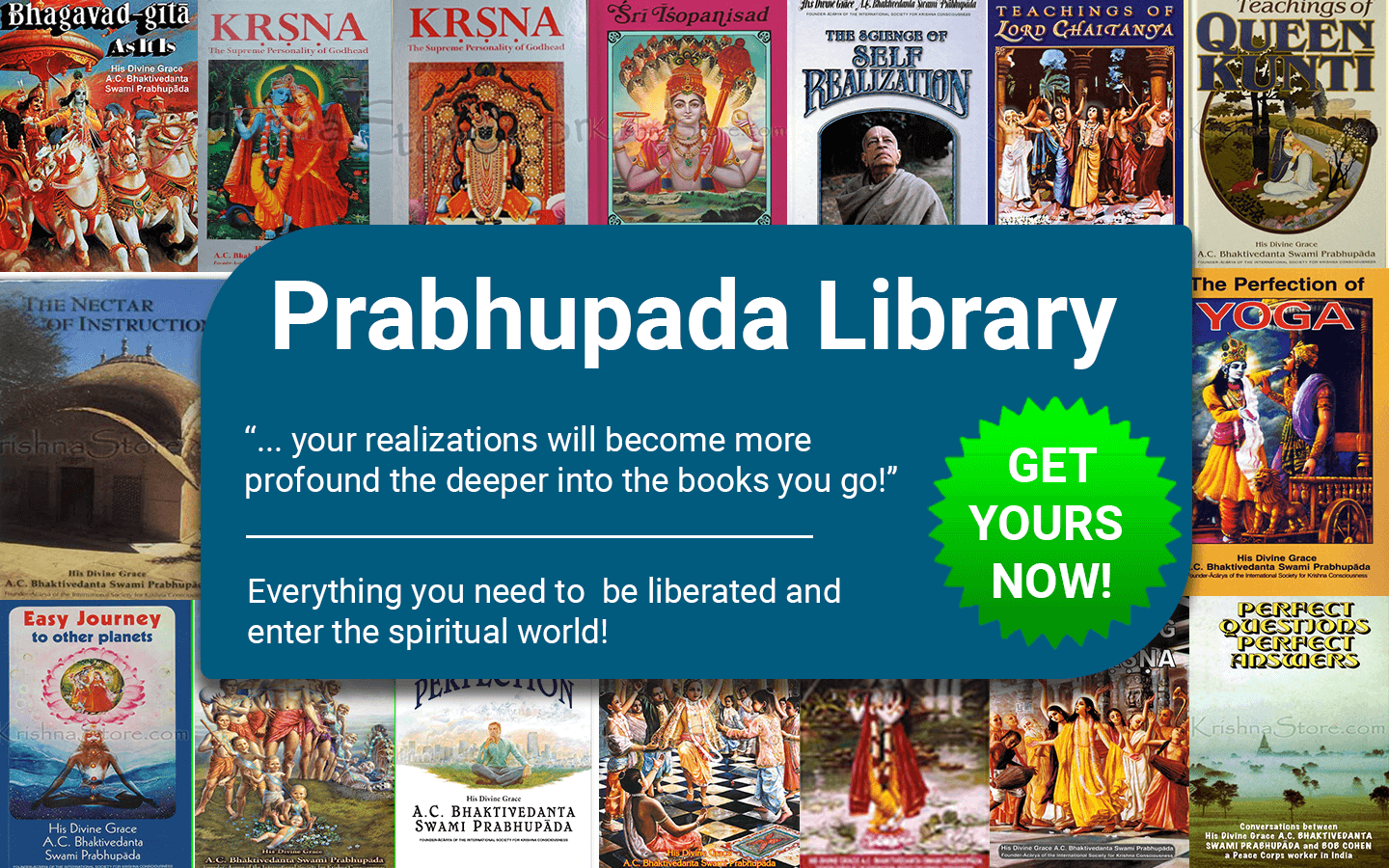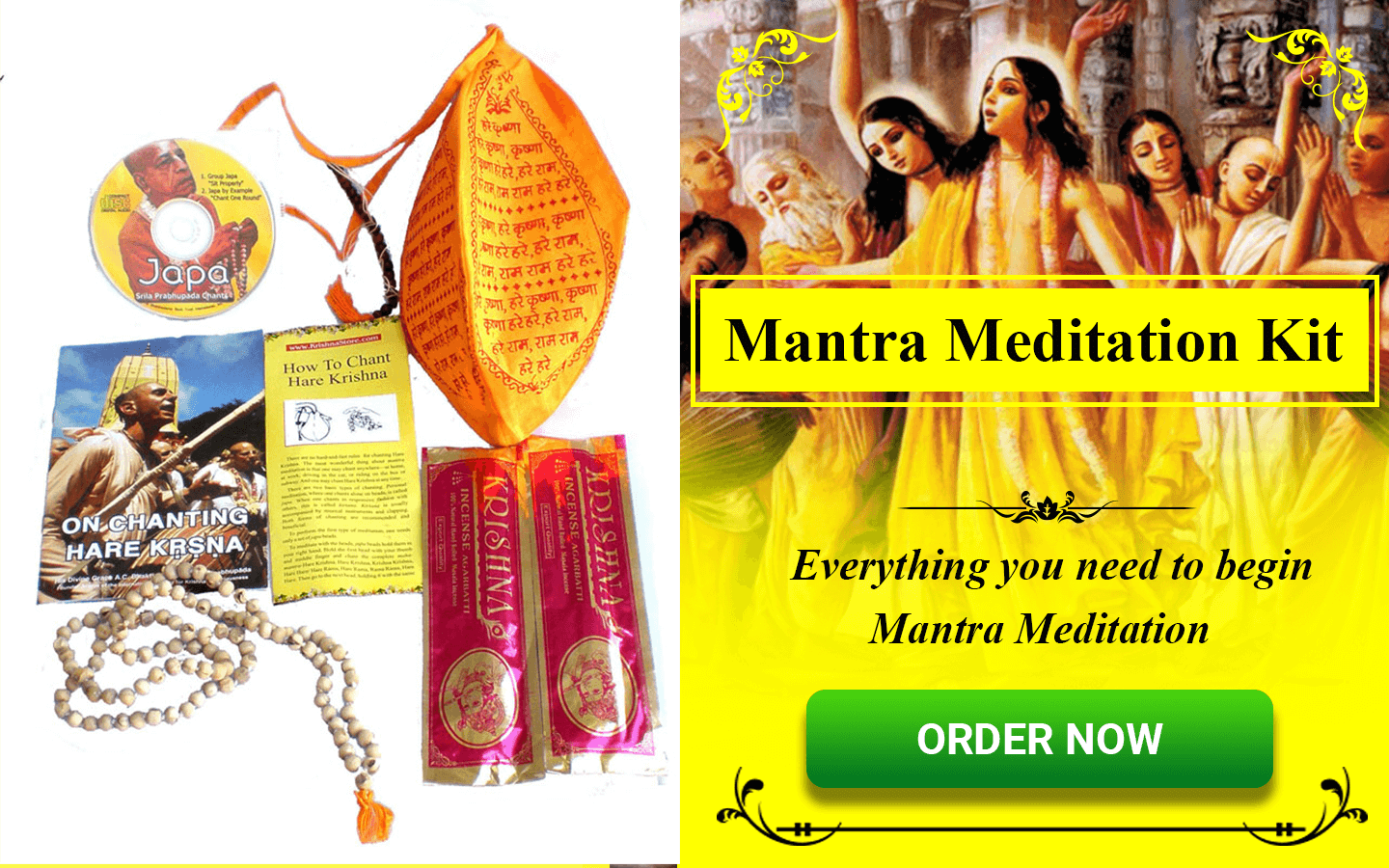Chapter 13: Nature, the Enjoyer, and Consciousness
Bg 13.5
TEXT 5
rsibhir bahudha gitam
chandobhir vividhaih prthak
brahma-sutra-padais caiva
hetumadbhir viniscitaih
chandobhir vividhaih prthak
brahma-sutra-padais caiva
hetumadbhir viniscitaih
SYNONYMS
rsibhih—by the wise sages; bahudha—in many ways; gitam—described; chandobhih—Vedic hymns; vividhaih—in various; prthak—variously; brahma-sutra—the Vedanta; padaih—aphorism; ca—also; eva—certainly; hetumadbhih—with cause and effect; viniscitaih—ascertain.
TRANSLATION
That knowledge of the field of activities and of the knower of activities is described by various sages in various Vedic writings-especially in the Vedanta-sutra-and is presented with all reasoning as to cause and effect.
PURPORT
The Supreme Personality of Godhead, Krsna, is the highest authority in explaining this knowledge. Still, as a matter of course, learned scholars and standard authorities always give evidence from previous authorities. Krsna is explaining this most controversial point regarding the duality and non-duality of the soul and the Supersoul by referring to Scriptures, the Vedanta, which are accepted as authority. First, He says, this is according to different sages. As far as the sages are concerned, besides Himself, Vyasadeva, the author of the Vedanta-sutra, is a great sage, and in the Vedanta-sutra duality is perfectly explained. And Vyasadeva's father, Parasara, was also a great sage, and he writes in his books of religiosity: "aham tvam ca athanye..." "We-you, I and various other living entities-are all transcendental, although in material bodies. Now we are fallen into the ways of the three modes of material nature according to our different karma. As such, some are on higher levels, and some are in the lower nature. The higher and lower natures exist due to ignorance and are being manifested in an infinite number of living entities. But the Supersoul, which is infallible, is uncontaminated by the three qualities of nature and is transcendental." Similarly, in the original Vedas, a distinction between the soul, the Supersoul and the body is made, especially in the Katha Upanisad.
There is a manifestation of the Supreme Lord's energy known as annamaya by which one depends simply upon food for existence. This is a materialistic realization of the Supreme. Then there is pranamaya; this means that after realizing the Supreme Absolute Truth in foodstuff, one can realize the Absolute Truth in the living symptoms, or life forms. In jnanamaya the living symptom develops to the point of thinking, feeling, and willing. Then there is Brahman realization and the realization called vijnanamaya by which the living entity's mind and life symptoms are distinguished from the living entity himself. The next and supreme stage is anandamaya, realization of the all-blissful nature. Thus there are five stages of Brahman realization, which is called brahma puccham. Out of these the first three-annamaya, pranamaya, and jnanamaya-involve the fields of activities of the living entities. Transcendental to all these fields of activities is the Supreme Lord, who is called anandamaya. In the Vedanta-sutra also the Supreme is called anandamayo 'bhyasat. The Supreme Personality of Godhead is by nature full of joy, and to enjoy His transcendental bliss, He expands into vijnanamaya, pranamaya, jnanamaya, and annamaya. In this field of activities the living entity is considered to be the enjoyer, and different from him is the anandamaya. That means that if the living entity decides to enjoy, in dovetailing himself with the anandamaya, then he becomes perfect. This is the real picture of the Supreme Lord, as supreme knower of the field, the living entity, as subordinate knower, and the nature of the field of activities.
Copyright (c) 1972 by His Divine Grace A.C. Bhaktivedanta Swami Prabhupada











